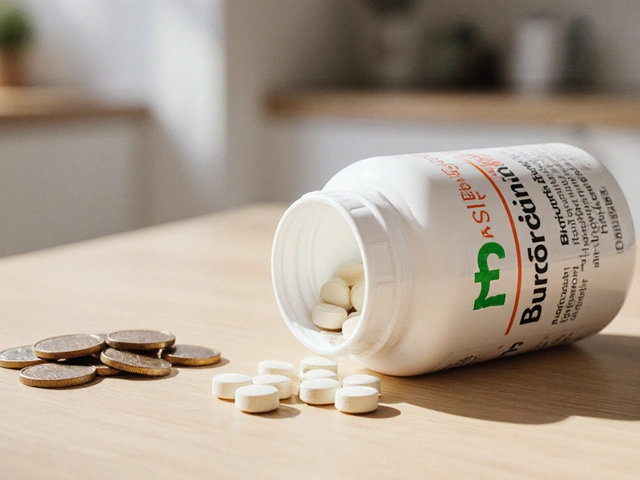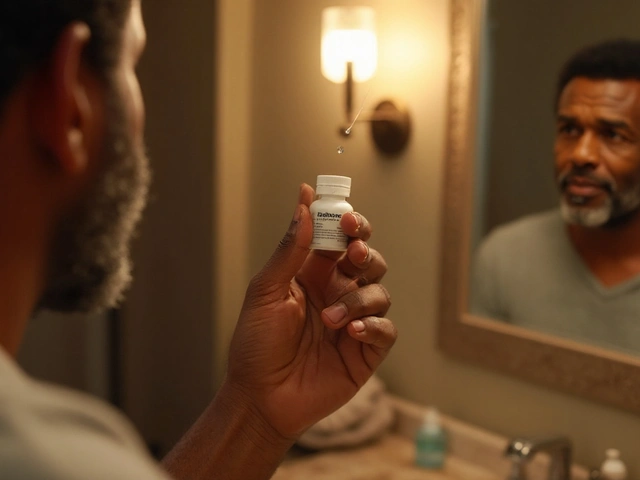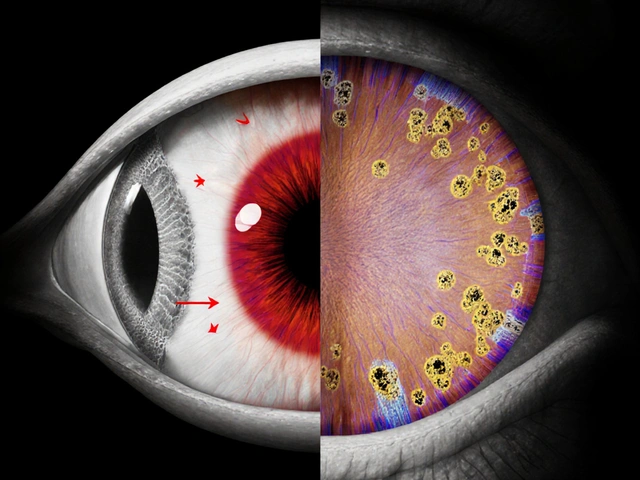Acupuncture: What It Is and Why It May Help You
You've probably seen needles on TV or heard friends talk about acupuncture for pain relief. In simple terms, acupuncture is a therapy that uses tiny, thin needles inserted at specific spots on the body. Those spots, called points, line up with pathways known as meridians. By stimulating them, many people report reduced pain, better sleep, and a calmer mood.
Even though it sounds a bit foreign, the technique has been around for thousands of years in China and is now practiced worldwide. Modern research shows that needle placement can trigger the release of natural chemicals like endorphins, which help block pain signals. It also appears to improve blood flow and reduce inflammation, which explains why it works for a range of issues—from headaches to arthritis.
How Acupuncture Works
When a needle touches a point, it sends a tiny electric signal to the nervous system. Your brain then reacts by releasing neurotransmitters that help balance pain, stress, and immunity. Think of it as a reset button for the body's communication network. The exact pattern of points varies depending on what you're treating. For example, a back‑pain session might focus on points along the spine, while anxiety relief could involve points on the hands and ears.
Most practitioners use very thin, disposable needles that feel like a gentle pinch at worst. The sensation is usually mild, and many people fall asleep during a session. Some clinics also add gentle heat or mild electrical stimulation to boost the effect, but the core idea stays the same: gentle stimulation, not surgery.
What Happens in a Typical Session
First, the acupuncturist asks about your health history, current symptoms, and any medications you take. This helps them pick the right points and decide how many sessions you might need. Then you lie down on a comfortable table, fully clothed. The practitioner cleans the skin with alcohol and inserts the needles—usually between five and twenty, depending on the treatment.
After the needles are in place, you'll rest for about 20 to 30 minutes. Many people feel a warm or tingling sensation, and some even report a lightheaded feeling that quickly passes. The practitioner may gently move the needles or apply a small amount of pressure to keep the energy flowing.
When the time is up, the needles are removed, and a small bandage may be placed on the spots. Most people can go about their day right away, though it's a good idea to stay hydrated and avoid heavy exercise for a couple of hours.
How many sessions you need varies. Acute pain might improve after just one or two visits, while chronic conditions often require a series of weekly appointments. Your acupuncturist will track progress and adjust the plan as needed.
Finding a qualified practitioner is key. Look for someone licensed in your state and trained at an accredited school. Many acupuncturists also have a background in Chinese medicine, which adds a broader understanding of diet and lifestyle. Reading reviews, asking for referrals, and checking credentials can help you feel confident about who you choose.
Cost-wise, a single session can range from $50 to $150, depending on location and experience. Some insurance plans cover acupuncture for specific conditions like low back pain, so it’s worth checking your policy.
Bottom line: acupuncture is a low‑risk, drug‑free option that many people find helpful for pain, stress, and overall well‑being. If you’re curious, start with a reputable clinic, discuss your goals, and see how your body responds after a few sessions. You might be surprised by how a few tiny needles can make a noticeable difference in how you feel.





